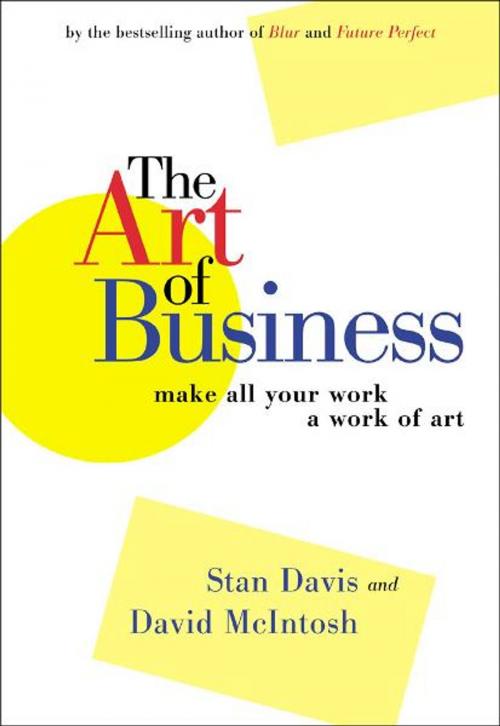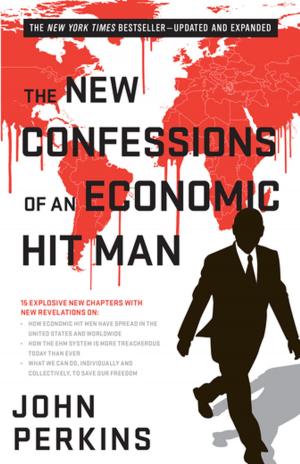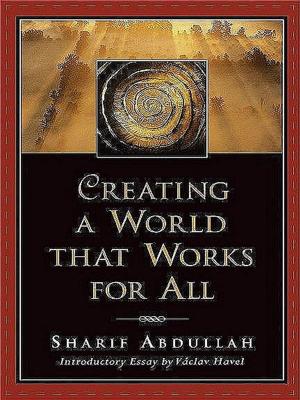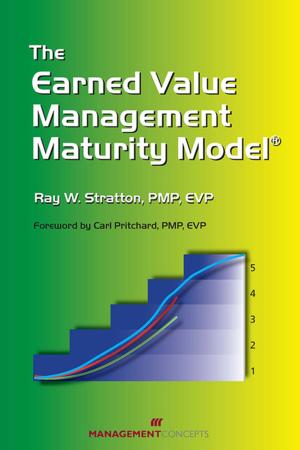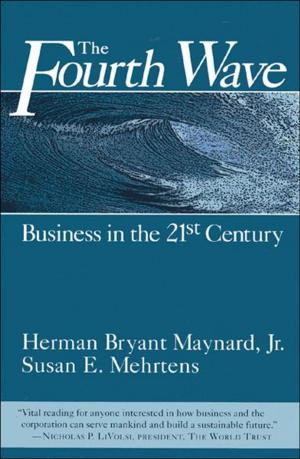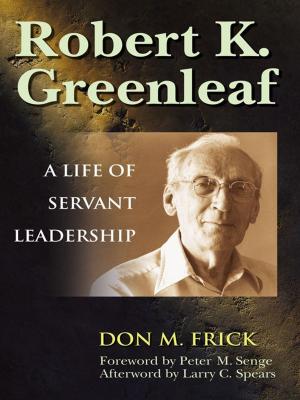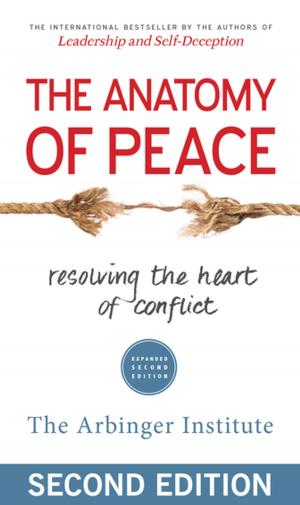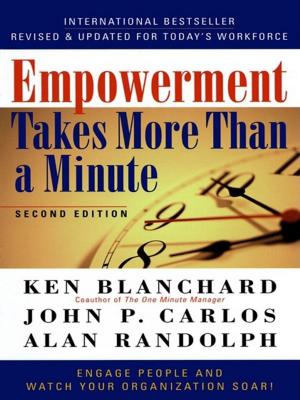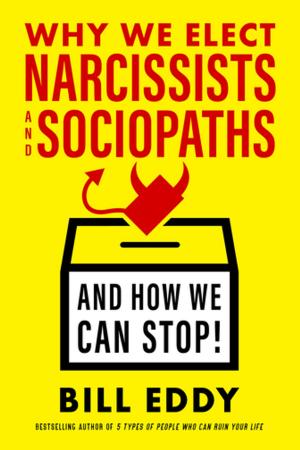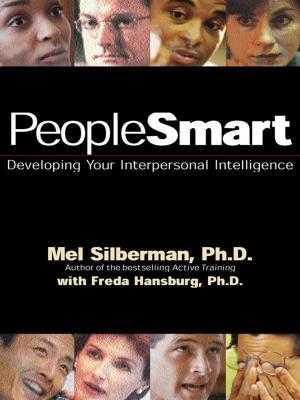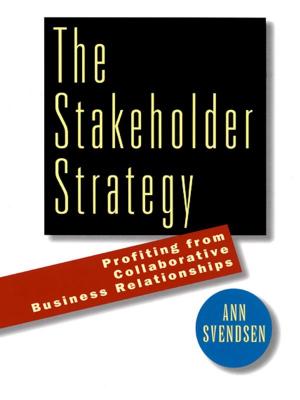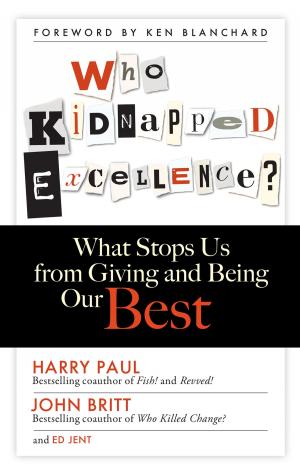The Art of Business
Make All Your Work a Work of Art
Business & Finance, Management & Leadership, Management| Author: | Stan Davis, David McIntosh | ISBN: | 9781609943998 |
| Publisher: | Berrett-Koehler Publishers | Publication: | January 10, 2005 |
| Imprint: | Berrett-Koehler Publishers | Language: | English |
| Author: | Stan Davis, David McIntosh |
| ISBN: | 9781609943998 |
| Publisher: | Berrett-Koehler Publishers |
| Publication: | January 10, 2005 |
| Imprint: | Berrett-Koehler Publishers |
| Language: | English |
Stan Davis is author of the bestselling books BLUR (more than 250,000 copies sold), 2020 Vision (more than 100,000 copies sold), and Future Perfect (more than 100,000 copies sold) Shows how bringing an artistic sensibility to business can improve business performance and increase personal work satisfaction Includes detailed, practical advice for implementing the ideas in the book, as well as a wealth of real-world examples The arts are important to many people in their personal lives, but they don't see any way of incorporating art into their work and business. In this groundbreaking book, visionary business authors Stan Davis and David McIntosh argue that not only is this possible, but that applying an artistic sensibility to business will actually improve business performance. Traditionally, business focuses only on the economic flow of inputs (resources, raw materials), outputs (products and services) and processes that help get you from one to the other (research and development, production, distribution). Davis and McIntosh show that there's an artistic flow that operates the same way, but with different particulars. Inputs here include things like emotion, imagination and intuition; and outputs include things like beauty, meaning, excitement and enjoyment. To bridge these aesthetic inputs and outputs, the authors show how to apply creative processes from the arts to business, and how to connect with customers the way great performers connect with audiences. Through real-world examples and practical advice, The Art of Business shows how applying this concept of artistic flow enables you to come up with more creative solutions to problems, develop better new products, and provide your customers with the kinds of emotionally and aesthetically satisfying experiences they've come to expect in this high contact, mulimedia age. It gives you an additional--rather than alternative--approach to the established economic model of how things get done. And it will make your own work experience infinitely more satisfying.
Stan Davis is author of the bestselling books BLUR (more than 250,000 copies sold), 2020 Vision (more than 100,000 copies sold), and Future Perfect (more than 100,000 copies sold) Shows how bringing an artistic sensibility to business can improve business performance and increase personal work satisfaction Includes detailed, practical advice for implementing the ideas in the book, as well as a wealth of real-world examples The arts are important to many people in their personal lives, but they don't see any way of incorporating art into their work and business. In this groundbreaking book, visionary business authors Stan Davis and David McIntosh argue that not only is this possible, but that applying an artistic sensibility to business will actually improve business performance. Traditionally, business focuses only on the economic flow of inputs (resources, raw materials), outputs (products and services) and processes that help get you from one to the other (research and development, production, distribution). Davis and McIntosh show that there's an artistic flow that operates the same way, but with different particulars. Inputs here include things like emotion, imagination and intuition; and outputs include things like beauty, meaning, excitement and enjoyment. To bridge these aesthetic inputs and outputs, the authors show how to apply creative processes from the arts to business, and how to connect with customers the way great performers connect with audiences. Through real-world examples and practical advice, The Art of Business shows how applying this concept of artistic flow enables you to come up with more creative solutions to problems, develop better new products, and provide your customers with the kinds of emotionally and aesthetically satisfying experiences they've come to expect in this high contact, mulimedia age. It gives you an additional--rather than alternative--approach to the established economic model of how things get done. And it will make your own work experience infinitely more satisfying.
